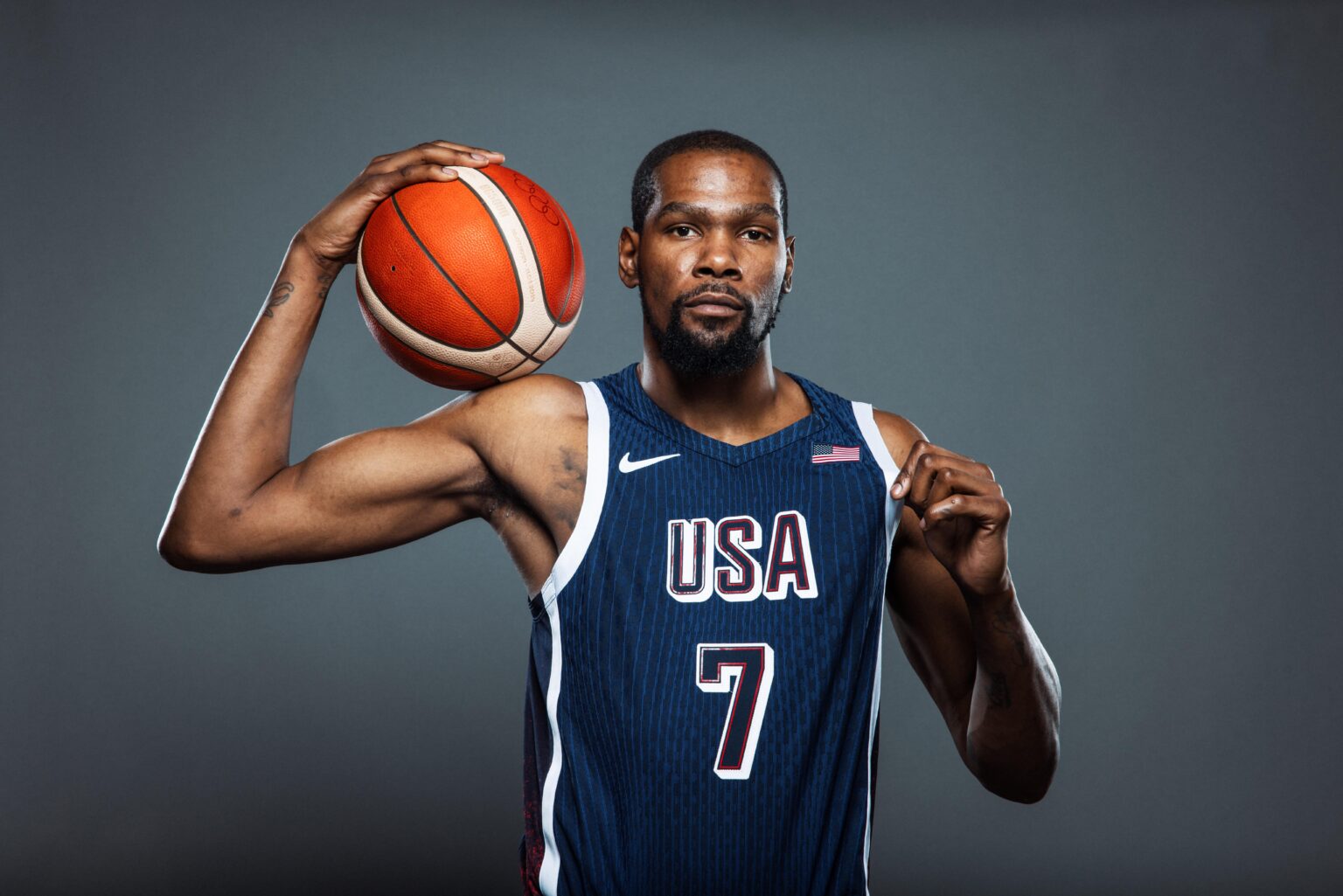Title: The Impact of Age on Biomechanical Differences in Vertical Jumping and Sprinting for Basketball Athletes
In the dynamic realm of basketball, athletic performance is frequently analyzed through various lenses, including skill, strategy, and physical capabilities. However, beneath these remarkable displays of talent lies a nuanced interaction of biomechanics that shifts considerably with age. A recent examination published in Frontiers highlights how age-related biomechanical differences affect vertical jumping and sprinting abilities among basketball players. This study emphasizes essential factors that shape athletic performance across diffrent age brackets while offering insights into training methods, injury prevention strategies, and overall player development. As the sport evolves, grasping these variations can equip coaches and trainers with critical knowledge to enhance performance and prolong athletes’ careers at all levels.
Biomechanical differences Between Young and Older Basketball Players
The athletic output of young versus older basketball players varies markedly due to several biomechanical transformations associated with aging. Younger athletes typically exhibit greater agility and muscle elasticity, which contribute to higher vertical jumps and faster sprints. Key elements influencing these disparities include:
- Muscle Fiber Composition: Younger individuals generally have a higher proportion of fast-twitch fibers, leading to enhanced explosive strength.
- Joint Flexibility: An increased range of motion allows younger players to execute better mechanics during their performances.
- Nervous System Coordination: Well-developed neural pathways improve timing and also muscle activation in younger competitors.
- Skeletal Muscle loss: A reduction in muscle mass can diminish strength output.
- Diminished Joint Flexibility: Stiffness may restrict optimal movement patterns crucial for jumping or sprinting effectively.
- Elevated Injury Risk: strong>Aging-related changes increase susceptibility to injuries that further impact overall performance. li >
Optimizing Jump Techniques through Age-Specific Training Programs
The advancement of vertical jump techniques among basketball players is increasingly examined from a biomechanical perspective—especially regarding tailored training programs based on age groups. Young athletes often display superior explosive power due to enhanced muscle elasticity coupled with quicker neurological responses; however, as they mature physically their capabilities evolve resulting in distinctbiomechanical differences strong >that greatly influence jump efficiency . This necessitates customized training regimens designed around each demographic’s physiological traits . p >
By integrating exercises suited for specific ages focusing on technique , strength ,and agility ,coaches can maximize vertical leap effectiveness . Essential components might encompass : p >
- < strong >Strength Conditioning :< / strong > Targeting lower body muscles via squats or lunges . li >
- < strong >Plyometric drills :< / strong > Engaging jump exercises aimed at boosting explosiveness & height . li >
- < strong >Technique Enhancement :< / strong > Guidance regarding proper jumping form helps prevent injuries . li >
- < strong >Flexibility Routines :< / strong > ensuring athletes maintain adequate range-of-motion for peak output . li >
ul >Aged Group Main Focus Areas Suggested Exercises Younger than 12 Years Old Main Skills & Coordination No-weight squats; basic plyometrics < td >>13–17 Years Old Plyometric Strength & Explosiveness Add weight squats; box jumps < td >>18+ Years Old Maturity Maintenance & Skill Refinement Lone-leg workouts; advanced plyometrics
Strategies for Enhancing Sprint Performance Across Different Age Groups in Basketball
The enhancement of sprinting ability within basketball requires an individualized approach considering each athlete’s unique biomechanics across various ages. For younger participants emphasis should be placed upon establishing foundational skills throughandthis not only boosts coordination but also accelerates speed along with reaction times during gameplay.As individuals reach their prime years incorporating advanced resistance training protocols alongsidespeed endurance sessionsbecomes vital.Focusing specifically upon optimizing both kinetic patterns necesary for effective acceleration while achieving maximum velocity becomes paramount.
For older competitors maintaining sprinter efficacy relies heavily upon preserving muscular integrity alongside joint flexibility whilst integrating sport-specific methodologies.Recovery tactics such as active stretching combined with mobility workouts couldsignificantly enhance overall outcomes.Moreover utilizing periodized plans emphasizing both power generation along recovery will enable veteran performers remain competitive throughout their careers.Data-driven assessments via performance analytics allow customization tailored towards individual profiles ensuring longevity within one’s technique throughout an athlete’s journey.

